
Reapers War
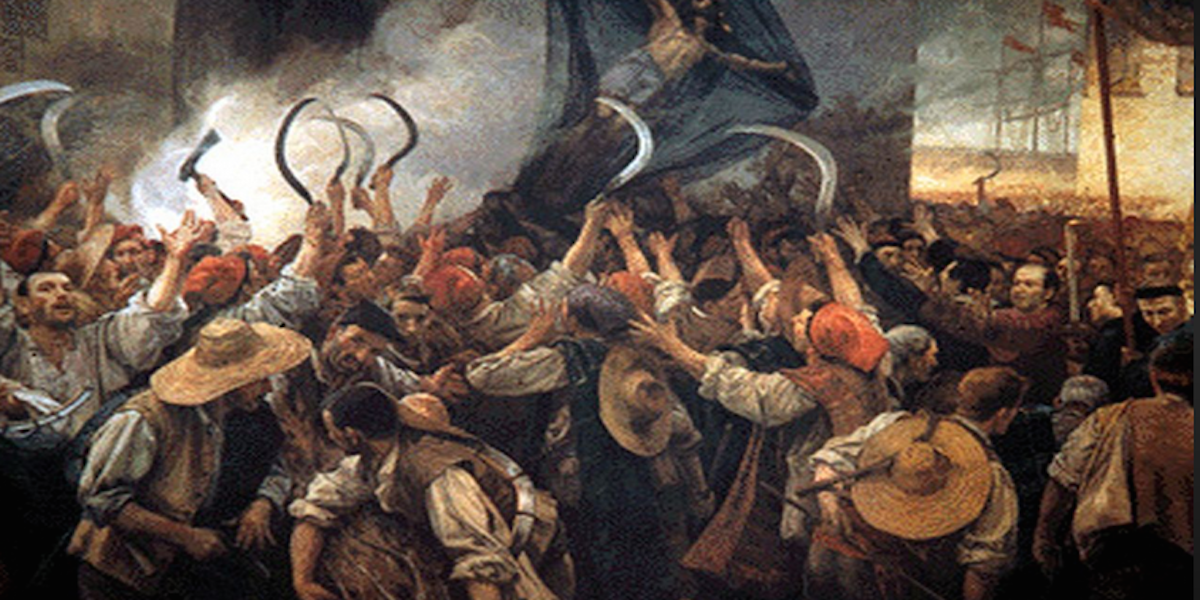
Reapers War, Pyrenees as a border.
Mountains on the border.
The War of the Reapers 1640 – 1652 was the war that affected much of the Catalonia landscape. It had as its final effect the Treaty of the Pyrenees in 1659 between Spain and France.
Precursors
Pau Claris, the Bishop of La Seu d’Urgell, village located near the Pyrenees, asked for help from France to quell the popular revolt against the Catalan bourgeoisie and nobility. Life in Catalonia was exacerbated by the unrest generated by the presence of French troops. In addition, the Castilian and Italian troops who had entered in Catalonia to fight the French army caused great damage in the countryside.
Another trigger was the political crisis, in 1626, between the Catalan institutions and the Spanish monarchy of Philip IV, due to the amount of taxes to cover crown expenses. Count Duke of Olivares, prime minister of the king, proposed a political-financial program, aimed at obtaining contributions, based on two projects. First: the “Secret Memorial” was a report establishing a new system of monarchy, to a single political system in Hispania. Second: the “Union of Army” which determined that all kingdoms, states and lordships of Hispania, should give to the Crown soldiers and money, proportionally to its population.
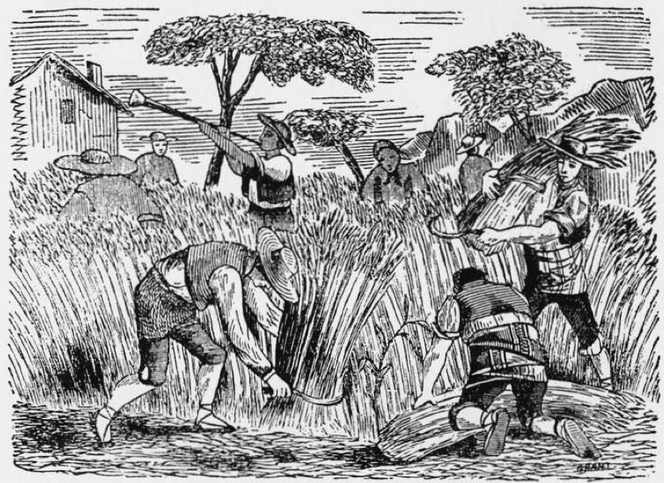
In 1639, the two causes—the unrest of the peasants and the political suspicion of the authorities—merged in one single direction, creating the popular ideology of the revolt. The Catalan aristocracy had a more moderate political attitude towards the monarchy.
In 1640, the king of Castile, fearful of French attacks, ordered the Spanish army to remain in Catalonia, at the same time it was a tax burden for the peasantry. This situation also led to abuses of soldiers among the population and produced serious incidents in small farmer-villages that gradually spread to Barcelona.
Conflict development
In the spring of 1640, Francesc of Tamarit was the delegate of the military army of the Generalitat of Catalonia. The royal authority imprisoned him, accused of not providing funds and lodgings to Castilian soldiers.
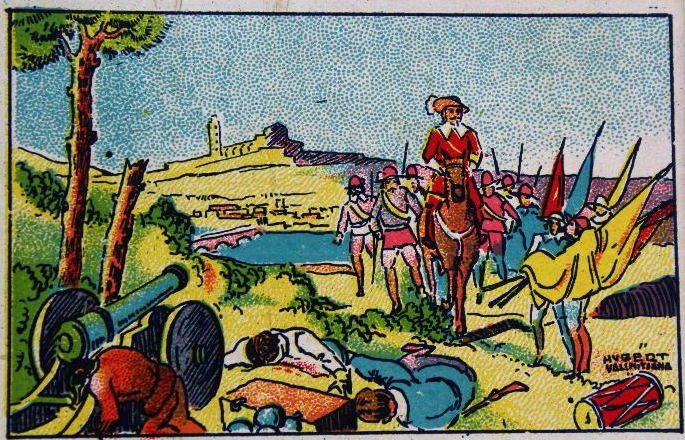
The uprising of farmers got to Barcelona on May 22. There, they released Tamarit from prison, certainly with the complicity of the Catalan authorities.
Barcelona is main city of Catalonia, on the shores of the Mediterranean Sea. It is surrounded on the North by the Collserola mountain range with Tibidabo the highest peak and Montjuic on the West.
The Corpus Christi on Blood
June 7, 1640 is known as the Corpus Christi on Blood or “The Reapers uprising”. The event began in Saint Andreu de Palomar village, when the peasants from Sant Celoni, Blanes and inland farmers came down to this village to be hired for seasonal jobs. The reapers decided to fight against the army of Count-Duke Olivares, who remained in Barcelona despite the ending of the war against the French in the 16th century.
The reapers chose the Saint Christ statue of the church of Saint Andreu del Palomar as their flag while they where heading for Barcelona. The groups of reapers who came to the city took part in a riot. Many meetings between the councilors of Barcelona and the reapers took place in the church of Sant Andreu de Palomar.
On the evening of July 21, the citizens of Tortosa joined the reapers and took part in the revolt against the governor of that city. Because of this, insurgents suspected that Castilian troops in the city had to fight against Catalonia. They succeed with the blockade of the city and the Castilian troops.
Tortosa is the main city on the south of Catalonia. Near Tortosa and towards the North, there are the Ports of Totosa range, the Montsant range, and Priorat region. Towards the South there is the Montsià peak and Ebro Delta.
Castilian invasion
In September of the same year, the army of the Castile King, Philip IV, led by the Marquis of Los Velez, came to Catalonia. They arrived at Tortosa with 26,000 soldiers. Then, they advanced towards Barcelona winning the battle of Col de Balaguer on December 10 and the battle of Cambrils on December 12. The occupation was followed by harsh repression against the people who revolted.
Cambrils siege
The siege of Cambrils on December 12, 1640, is without any doubt the most brilliant and glorious page in its local history. But it is also the most tragic and painful.
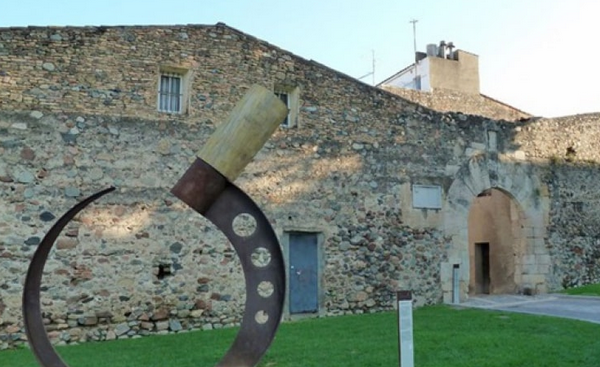
When the surrendered soldiers and villagers came out through the gates of the Wall of Cambrils, the tragic events took place. In a short space of time, more than seven hundred men were beheaded. Military leaders of Cambrils, the mayor of the town, and several councilors were executed too.
Around Cambrils village there is the Musara range and the Mola of Colldejou peak. In the vicinity of Cambrils there is the Pratdip village surrounded by Redom peak and three hills of the Figuerassa.
Republic proclaim
On January 16, 1641, Reapers prepared themselves to defend Barcelona city against Hispanic troops. They were stayed in a strong position on the top of Montjuïc hill. While the president of Catalonia, Pau Claris, proclaimed the Catalan Republic and agreed on a political-military alliance with France.
French-Catalan Alliance
The Castilian troops were already housed in the neighborhood of Sants near Barcelona. Catalonia finally came under the umbrella of French King Louis XIV. Catalonia won a main military victory; the Battle of Montjuic on January 26, 1641. The French-Catalan army forced the Castilian army to withdraw.
Few days after the victory of Montjuic, the help from the French army arrived in Barcelona. However, on February 27, The President Pau Claris died. The rumor is that he was poisoned.
In 1641 the king of France signed the Péronne report in order to ensure that the accession to the French crown was carried out preserving the Catalan rights and laws.
Military campaigns
In 1647 several regular Catalan regiments were created, both infantry and cavalry. Tortosa remained under Castilian sovereignty until 1648. On this year France conquered Tortosa again and held it until 1650. This was also the year of the Fronda War, a civil war in Louis XIV’s France. This war situation weakened the French military forces in Catalonia, caused the retirement of great part of the French troops, and the consequent advance of the Castilian troops.
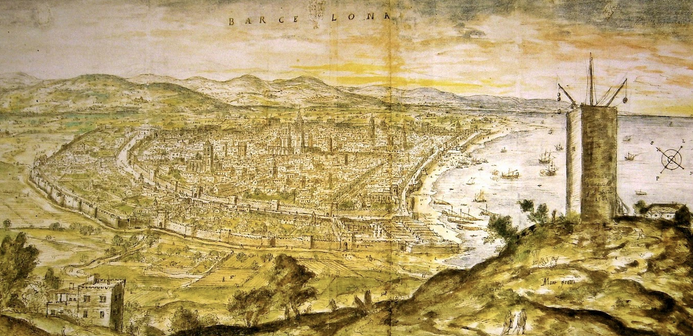
The Spanish recovery set siege to Barcelona and its occupation in 1652. At the end of the Fronda War in 1653 and into the following year, the initiative passed again concerning French power. At this time, the border-line between the two sovereignties followed approximately the Llobregat river, towards Igualada village, leaving Montserrat in Catalan countryside, then extended to Cervera and La Seu d’Urgell. So, all the Pyrenees was in Catalan country.
The war end
In 1659, Mazzarino on the French side and Luis de Haro on the Spanish side ended this long war between the two crowns with the Treaty of the Pyrenees. According to this Treaty Catalonia was divided in parts. They established the Pyrenees mountains as a border, as negotiated by Mazzarino who argued: “As it was usual on old times between Gauls and Hispanics”. This is the beginning of the territorial segregation of Catalonia. Many peaks in the Pyrenees persist as landmarks in the border, as is the case of Puigmal peak.
After the Reapers War, Catalonia retained its institutions, but the conflict was settled with the regions annexation of Rosselló, Conflent, Vallespir and part of La Cerdanya with the French crown. Peaks of Carlit, Peric and Canigo, remain from then on within France country.
 BarcelonaWalking Barcelona Hiking Barcelona Montserrat Costa Brava Pyrenees
BarcelonaWalking Barcelona Hiking Barcelona Montserrat Costa Brava Pyrenees